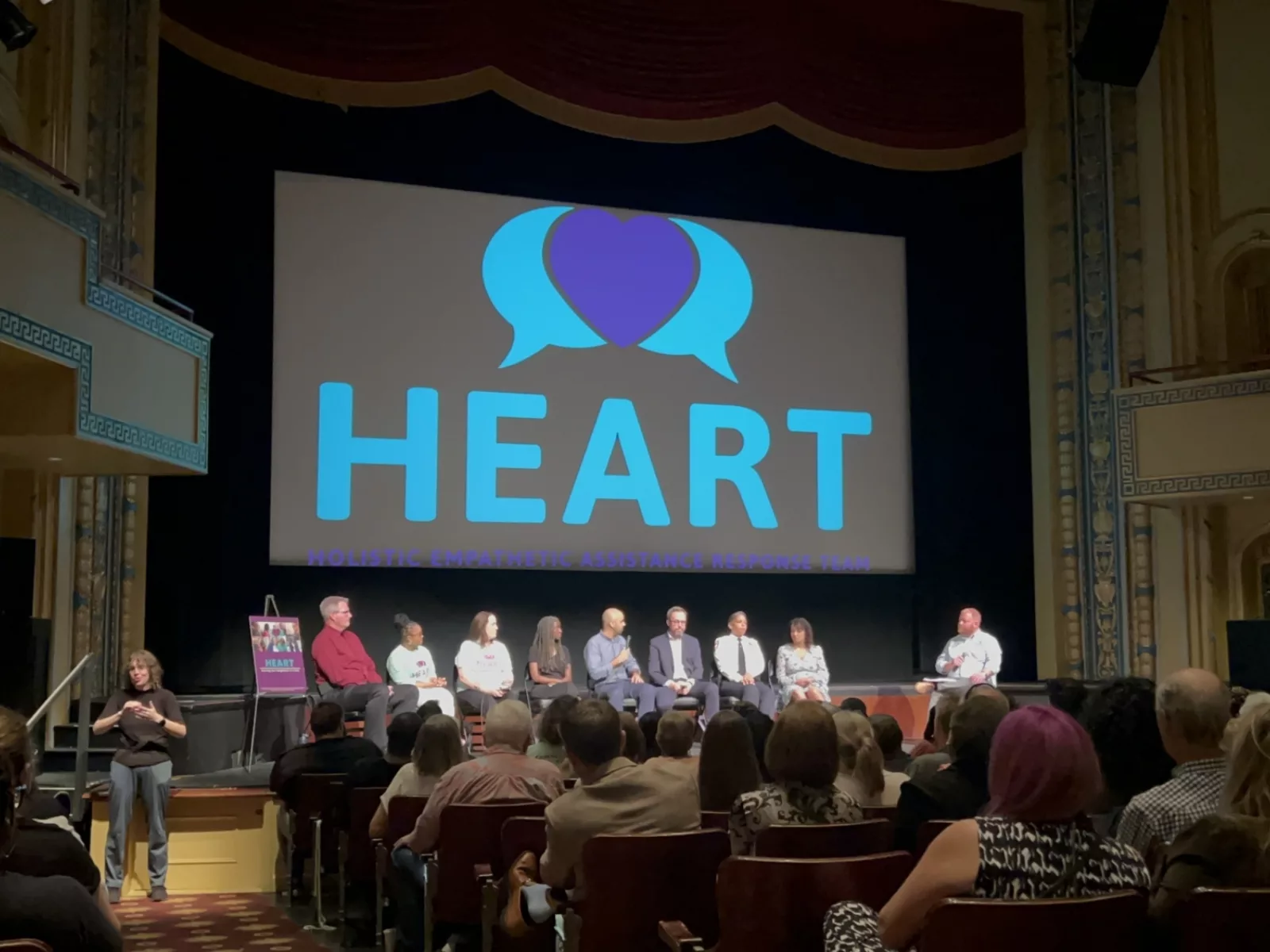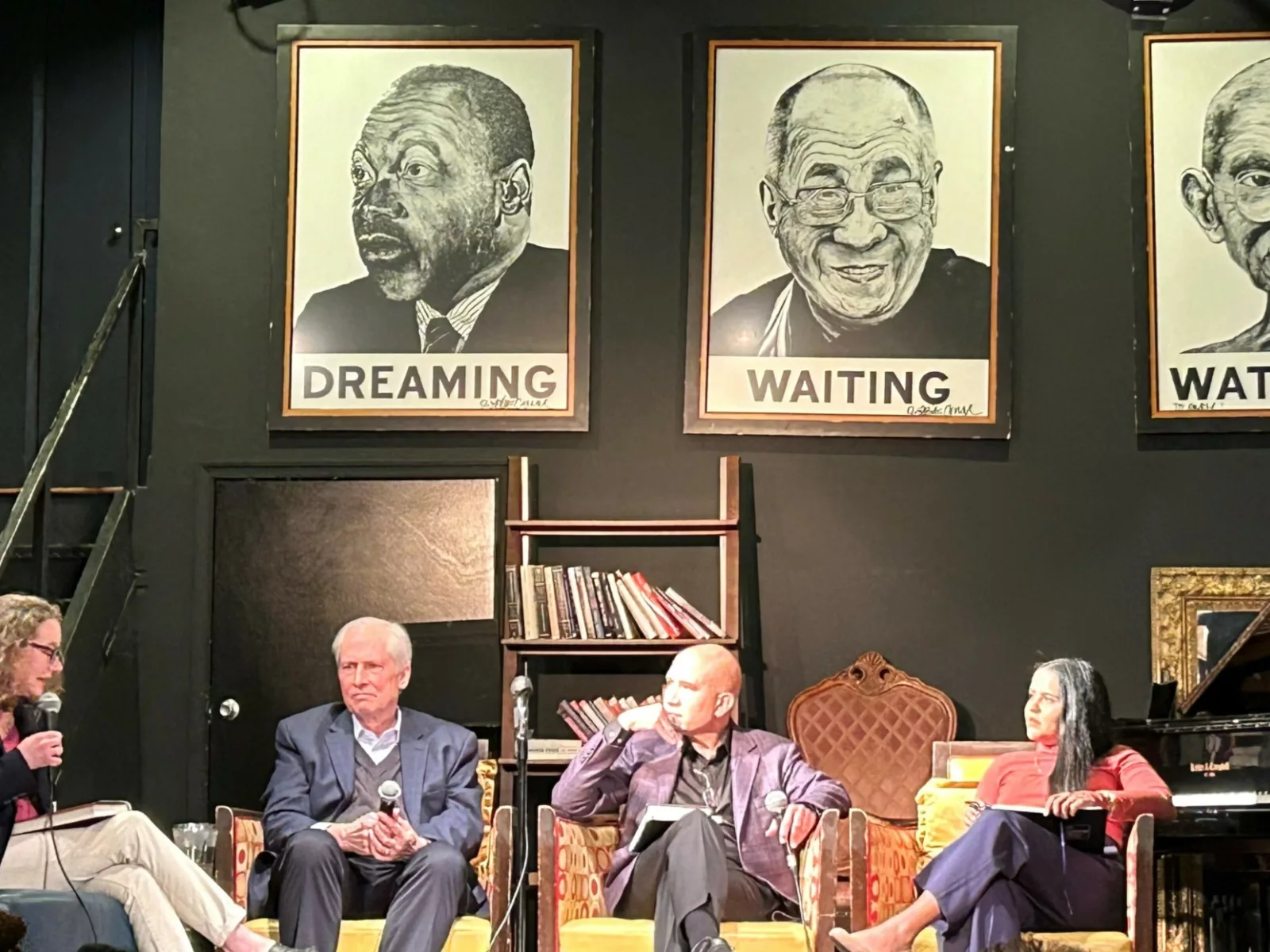The police killings of George Floyd and Breonna Taylor have sparked a national movement to reform law enforcement. Among the problems the movement has highlighted is America’s over-reliance on police to handle all manner of civil disturbances and minor lawbreaking. It was Floyd’s alleged use of a counterfeit $20 bill that led a Minneapolis store owner to call the police. Eric Garner was killed by a police officer attempting to arrest him for selling “loosie” cigarettes in New York City. And every day across the country, police are dispatched to handle people experiencing mental health crises or substance use disorders. Too frequently, those police calls end in violence. In response, activists nationwide have issued calls to “defund the police.”
For years, Arnold Ventures has been investing in studies and initiatives to identify the most effective alternatives to arrest — ways to maintain the peace and enforce the law without relying on handcuffs and jail cells. While some 911 calls demand a police response, many could be better handled by a social service worker, mental health professional, or a team of responders that may or may not include a police officer.
“From a very early age, we teach our children to call 911 for an emergency. And in many cases we do not define what an emergency means. Calling 911 and expecting an officer to respond, is a part of our everyday expectation,” said Arnold Ventures Criminal Justice Manager Nikki Smith-Kea. “But what that means is law enforcement officers are responding to a lot of calls and for many situations officers have not received sufficient training.”
A core problem is that law enforcement routinely serves as the primary response to people experiencing crises.
National jail statistics reveal the scope of the crisis. An estimated 64 percent of the people in local jails across the country suffer from mental illness, and 68 percent have a substance use disorder. There are more than three times as many mentally ill people in American jails than in our underfunded mental health facilities. A bipartisan consensus is developing that jail isn’t the best place for people with mental illness or substance use disorder — and that armed police officers often are not the responders best-equipped to deal with these vulnerable populations. The coronavirus pandemic has only increased the pressure on local jails to reduce their populations to guard against an outbreak.
The Data-Driven Justice Initiative is Arnold Ventures’ most ambitious reform effort. Launched by the Obama Administration in 2016 and now funded by Arnold Ventures, DDJ is a partnership of 10 states, 93 counties, 42 cities, and 5 city-county consolidations that collectively represent more than 94 million Americans. Jurisdictions begin by collecting data from jails, hospitals, homeless shelters, and mental health clinics to identify so-called “frequent utilizers” — individuals, often with mental health or substance use disorders, who cycle repeatedly through public and private institutions.
Again and again, cities and counties have discovered that a relatively small number of these frequent utilizers account for a disproportionate use of public resources. In Florida, Miami-Dade County found that just 97 people spent 39,000 collective days in jail, emergency rooms, state hospitals, or psychiatric facilities over a five-year period. A recent report from the California Policy Lab found that high utilizers in Sonoma County represent approximately 1 percent of the county population but account for 26 percent of jail time, 28 percent of annual costs for behavioral health services, and 52 percent of nights in housing or shelters provided to people experiencing homelessness.
Law enforcement officers are responding to a lot of calls, and for many situations officers have not received sufficient training.Nikki Smith-Kea Arnold Ventures Criminal Justice Manager
Once a jurisdiction identifies their frequent utilizers, they can create individualized plans to address their needs. Frequently, this involves a partnership between mental health professionals, substance use treatment providers, housing experts, and social service workers. Not only do these partnerships provide better care than being in a jail cell, they also save jurisdictions money. Local governments spend around $22 billion a year on their jails, and because most frequent utilizers are either on Medicaid or lack insurance, their medical bills are ultimately paid by local taxpayers or private hospitals. Providing holistic, wraparound care is more affordable than allowing these individuals to cycle in and out of institutions, and also minimizes the need to involve law enforcement.
“The goal of the DDJ initiative is to better leverage data and cross-system partnerships to understand who is cycling through our crisis systems, and design better policies and programs to break that cycle,” said Arnold Ventures Criminal Justice Manager Catie Bialick. “Rather than relying on our criminal justice system, we want to use opportunities of contact with first responders to direct vulnerable populations to care.”
Arnold Ventures has committed $17 million to study the effectiveness of various frequent utilizer intervention and emergency response programs, and also provides financial support to the National Association of Counties (NACo) for the management and support of individual jurisdictions. Nastassia Walsh, NACo’s Associate Program Director for Community Health and Justice, said that sending people with mental health or substance use disorders to jail often only exacerbates their problems.
“Jails were never intended to be mental health facilities, and many lack the infrastructure to provide therapeutic environments for people experiencing a behavioral health crisis,” Walsh said. “Further, when a person is incarcerated — even for a short time — their treatment and recovery is often disrupted, and it can take time to get them reconnected to services and supports upon release.”
‘A Huge Gap in Services’
Until the 1970s, many of these people would have received treatment at state-run psychiatric hospitals, pejoratively called “insane asylums.” In reaction to the poor conditions at many of these facilities, the deinstitutionalization movement called for people with mental health challenges to receive care in their own communities. The movement succeeded in closing many psychiatric hospitals around the country but failed to secure funding for alternative forms of treatment. As a result, America’s jails and prisons have become de facto mental health facilities.
“The idea was to move services to the community level, but not enough funding and thought was put into it,” Smith-Kea said. “It left a huge gap in services. That’s a reason law enforcement is responding to so many mental health calls.”

Arthur Rizer, Director of Criminal Justice and Civil Liberties at the R Street Institute who has worked with Arnold Ventures on understanding the barriers to alternatives to arrest, said he was “glad we got rid of all the asylums, because they were a parade of horribles. But what did we replace them with? Nothing.”
Even before the recent focus on the role of policing, cities and counties around the country were experimenting with ways to divert vulnerable populations away from the criminal justice system. A 2019 study sponsored by Arnold Ventures and the National League of Cities found that more than 90 jurisdictions had created new emergency response and crisis stabilization programs. Fort Collins, Colorado’s mental health co-responder program pairs police officers with behavioral health professionals to respond to the scene of mental health and substance use disorder emergencies. Manchester, New Hampshire’s Safe Stations program allows individuals with substance use disorders to present themselves at fire stations to ask for treatment without fear of arrest. And Seattle’s Law Enforcement Assisted Diversion Program helps to secure housing and employment assistance for people in crisis, instead of incarcerating them.
‘She Literally Saved My Life’
An encounter with a LEAD caseworker took Joey Nash off the streets of Seattle and on track to a better life. It’s a program meant to divert people in crisis to help, not incarceration.
“There are a lot of promising approaches that we feel could be scaled up or replicated to reduce arrests, reduce jail use, and reduce emergency room use,” said Sue Polis, Director of Health and Wellness at the National League of Cities’ Institute for Youth, Education and Families. “Once police are called, it’s too late in many cases. We have to get further upstream and take a public health approach to ensure better individual and community outcomes.”
Among the most ambitious local initiatives is Albuquerque, New Mexico’s new Community Safety Department, which will be staffed by social workers, housing and homelessness specialists, and violence prevention experts. Emergency dispatchers will have the option to send Community Safety representatives, rather than police or firefighters, to the scene of an emergency. “It’s time we stop asking officers to do everything, and time we get people the help they need instead of sending armed officers to knock on their door,” said Albuquerque Mayor Tim Keller in announcing the plan last month.
That’s especially critical in the middle of a pandemic, which experts say has increased rates of substance use disorder and mental health issues. “There are lots of individual factors,” Polis said. “But with the loss of jobs, the loss of hope, we’re seeing spikes in mental health issues, spikes in opioid-related issues.” And because of COVID-related restrictions on health facilities, it can be even harder for vulnerable people to receive treatment. “One of the silver linings of the pandemic is that there’s now a greater urgency to restructure the criminal justice system” to provide better support to vulnerable populations, she added.
Walter Katz, Vice President of Criminal Justice at Arnold Ventures, sees an opportunity to put the organization’s research to work in reforming police departments and rethinking the role of law enforcement in improving community wellbeing.
“We do recognize that in some ways a moment has found us,” Katz said. “What we’re focused on is reducing the footprint of law enforcement — reducing the scope of things that police respond to, especially when there are community — and social service-driven interventions that have better outcomes.”




















